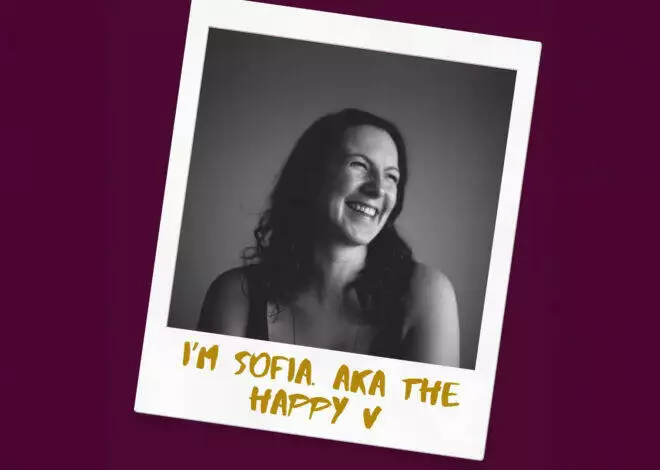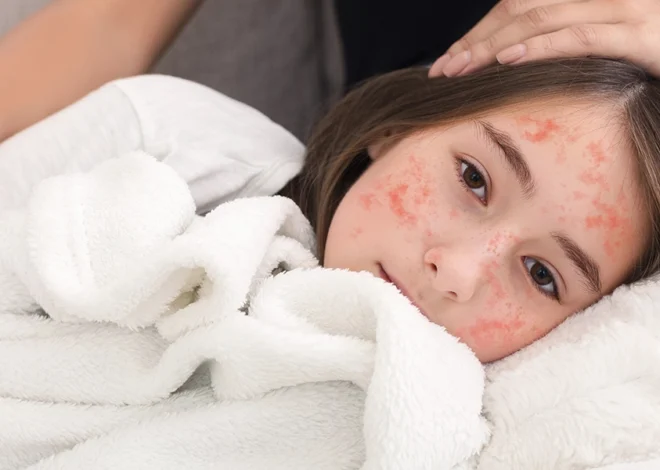Witnessing a child’s seizure is often a terrifying experience. A knowledge of how to handle a seizure situation helps you remain in control to help the child as much as possible. Your main responsibility is to keep the child safe and know when to get medical help since you cannot stop a seizure. The symptoms of a seizure might include convulsions, jerky movements, stiffening of extremities, twitching or loss of consciousness.
Environment
A safe environment during the seizure decreases the chances of your child getting hurt. Any objects that could cause injury should be moved away from the child. For example, toys with sharp corners on the floor where he is having a seizure should be removed. A soft pillow under the head eases the blow if the child is convulsing.
Positioning
While you shouldn’t hold your child to calm the seizure, some positioning changes make her safer. Turn her to the side to prevent choking on either vomit or saliva. Tight clothes should be loosened, particularly around the neck, to avoid breathing difficulties.
Time Frame
Most seizures stop on their own after a few minutes. Start timing the seizure as soon as it begins to assess how long it lasts. A seizure longer than five minutes becomes dangerous because complications can arise. If you notice the seizure lasting longer than five minutes, call 911 for medical help.
Warning
Restraining the child during a seizure is dangerous because you could cause an injury to the child. Never put anything in the child’s mouth during the seizure. He could swallow the object and choke on top of the seizure. You should also avoid giving the child any liquids, food or medication during the seizure. Wait until he is completely conscious before giving him anything.
Emergency Help
In addition to a seizure lasting longer than five minutes, there are other circumstances that warrant a 911 call. A child who is struggling to breathe or turns blue needs emergency help. Other circumstances that need immediate medical attention include a head injury during the seizure, a child with a heart condition, a chance of ingested poisons or medications or a general ill look that causes concern. A followup with the child’s doctor even if you didn’t call 911 is key in diagnosing, treating or tracking changes in seizure patterns.





